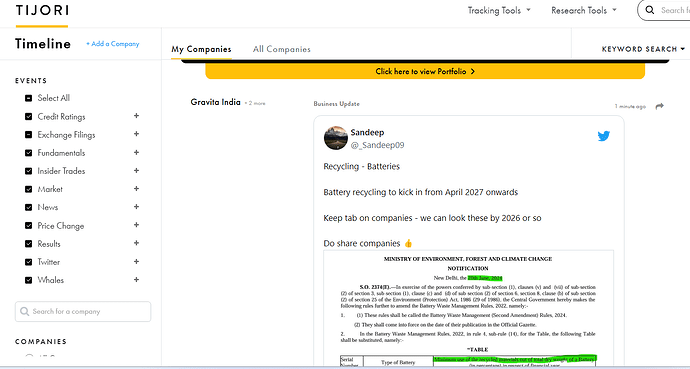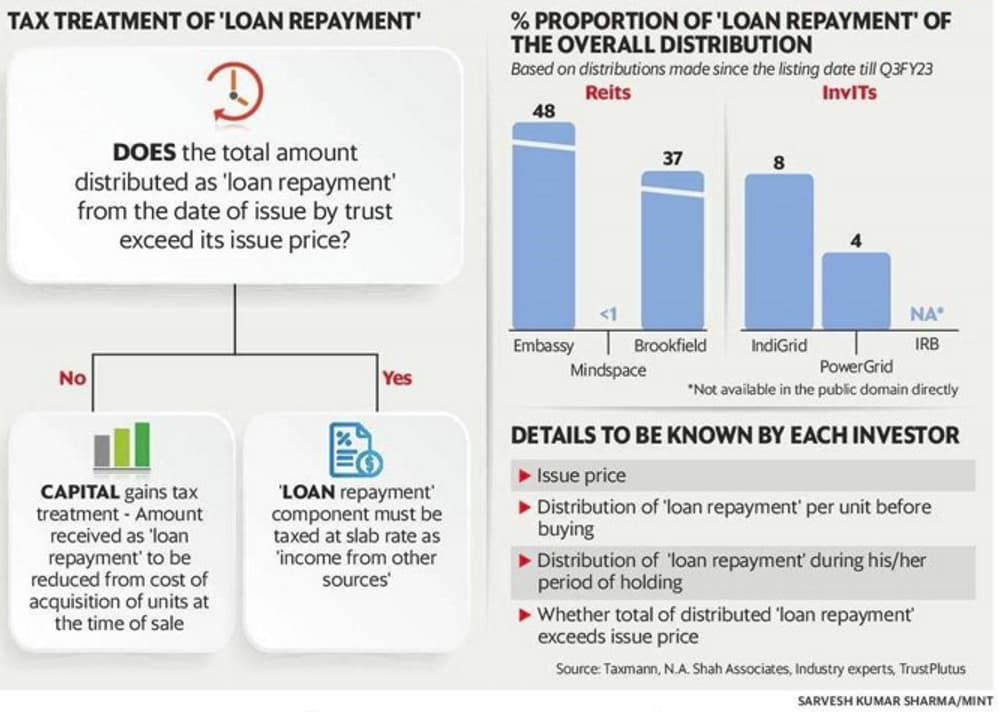i am using smallcap momentum ratio 6 the latest file…i have not changed things at all. May be i added ema 50, 200 as per Visuarchie sir how to put ema video and not removed Dma maybe. i will try remove dma then see it if it matches or not. I have got new secondary demat account so i can start on monday.
Posts in category Value Pickr
Kalyani Steel – Steel Sector (21-06-2024)
So they are redoing the entire plant. Their intention is to produce HR Coils and preferably be a green steel plant.
The company is bought mainly to get the linkages, land and also available permits. They are not going to sell billets.
Listen to the videos I have posted above. Gives an accurate summary of management thought process.
Kalyani Steel – Steel Sector (21-06-2024)
So they are redoing the entire plant. Their intention is to produce HR Coils and preferably be a green steel plant.
The company is bought mainly to get the linkages, land and also available permits. They are not going to sell billets.
Listen to the videos I have posted above. Gives an accurate summary of management thought process.
Smallcap momentum portfolio (21-06-2024)
Please ensure that you have taken dividend, bonus etc into account and omitted special trading days.
Smallcap momentum portfolio (21-06-2024)
Please ensure that you have taken dividend, bonus etc into account and omitted special trading days.
DIY Momentum QnA and Discussion (21-06-2024)
Assume to calculate Z-scores in Google Sheets, start by entering your stock returns data into the sheet. Suppose you have five stocks with the following returns: 10%, 15%, 5%, 20%, and 12%. Enter the stock names in column A and their returns in column B.
Next, calculate the mean return. In a cell below your data, use the formula =AVERAGE(B1:B5) to find the average return. For this example, the mean return is 12%.
Then, calculate the standard deviation of the returns. In another cell, use the formula =STDEVP(B1:B5) to get the standard deviation. Here, it’s approximately 5.16.
Now, compute the Z-score for each stock’s return. In a new column, use the formula (DataValue – Mean) / Standard Deviation. For example, for the return in cell B1, the formula will be =(B1 – $B$6) / $B$7, where B6 contains the mean and B7 contains the standard deviation. Drag this formula down to apply it to all the returns.
After calculating, you will see Z-scores for each stock. A Z-score of -0.387 for stock A means its return is 0.387 standard deviations below the mean. A Z-score of 0.581 for stock B indicates its return is 0.581 standard deviations above the mean. This helps in identifying which stocks have significantly higher or lower returns compared to the average.
DIY Momentum QnA and Discussion (21-06-2024)
Assume to calculate Z-scores in Google Sheets, start by entering your stock returns data into the sheet. Suppose you have five stocks with the following returns: 10%, 15%, 5%, 20%, and 12%. Enter the stock names in column A and their returns in column B.
Next, calculate the mean return. In a cell below your data, use the formula =AVERAGE(B1:B5) to find the average return. For this example, the mean return is 12%.
Then, calculate the standard deviation of the returns. In another cell, use the formula =STDEVP(B1:B5) to get the standard deviation. Here, it’s approximately 5.16.
Now, compute the Z-score for each stock’s return. In a new column, use the formula (DataValue – Mean) / Standard Deviation. For example, for the return in cell B1, the formula will be =(B1 – $B$6) / $B$7, where B6 contains the mean and B7 contains the standard deviation. Drag this formula down to apply it to all the returns.
After calculating, you will see Z-scores for each stock. A Z-score of -0.387 for stock A means its return is 0.387 standard deviations below the mean. A Z-score of 0.581 for stock B indicates its return is 0.581 standard deviations above the mean. This helps in identifying which stocks have significantly higher or lower returns compared to the average.
Embassy REIT: Is this “Blackstone” promoted REIT is real diamond? (21-06-2024)
To my knowledge now the debt portion is always taxed, either the same year or while you sell it. The impact depends on your sale date and tax slab as well.
- When you sell the share, the profit will be sell price – buy price + debt component
- Once the total debt repayment crosses the IPO price, the debt component will be taxed at slab rate.
Hope this image gives more clarity:


